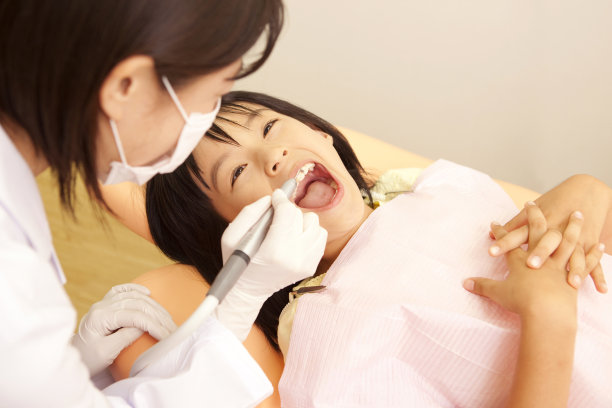The Essential Guide to Extracting a Tooth Safely and Comfortably for Everyone Involved
Summary: Extracting a tooth can be a daunting experience for both patients and dental practitioners. This guide covers essential aspects to ensure a safe and comfortable tooth extraction process. It emphasizes the importance of proper preparation, effective anesthesia, post-operative care, and patient communication. By following these guidelines, both the patient and the dentist can navigate the tooth extraction process with confidence, minimizing anxiety and promoting a smoother experience. This comprehensive overview aims to demystify the extraction procedure, paving the way for better understanding and cooperation between everyone involved.
1. Importance of Patient Preparation

Preparation plays a crucial role in ensuring a successful tooth extraction. The patient should be informed about the procedure, which helps alleviate fears and anxiety. A thorough consultation allows the dentist to understand the patients medical history, allergies, and current medications. This information is vital for coordinating the extraction safely and effectively.
Furthermore, patients should be advised on dietary restrictions before the procedure. Eating a light meal and avoiding hard or chewy foods can ease discomfort. Additionally, patients are encouraged to arrange for someone to accompany them, as they may experience drowsiness from sedation or anesthesia.
Lastly, pre-procedural instructions should also address oral hygiene. Patients should maintain diligent oral care leading up to the extraction. This includes brushing and flossing gently to prevent infection and promote a smoother recovery.
2. Anesthesia Options for Comfort
Effective anesthesia is essential to ensure a comfortable tooth extraction process. Dentists can offer various anesthesia options, including local anesthesia, sedation, or general anesthesia, depending on the complexity of the extraction. Local anesthesia involves numbing the specific area around the tooth, allowing patients to remain awake but pain-free.
For patients with significant anxiety or those undergoing complicated extractions, sedation can be beneficial. Sedatives can help calm nerves and promote a more relaxed experience. General anesthesia is reserved for complex cases or when multiple extractions are required and ensures complete unconsciousness during the procedure.
Before choosing the right anesthesia, the dentist will consult with the patient about their preferences and any potential risks. The goal is to ensure the patient feels secure and at ease during the extraction, which is essential for a positive outcome.
3. Post-Operative Care Essentials
Post-operative care is critical for a smooth recovery following tooth extraction. Immediately after the procedure, patients should follow their dentists instructions on managing pain and swelling. Ice packs can be applied to the cheeks for the first 24 hours to minimize swelling, while prescribed pain medications can help alleviate discomfort.
Patients should be advised on dietary choices during the recovery phase. Soft foods that require minimal chewing, such as yogurt and applesauce, are ideal during the initial recovery days. Additionally, patients should avoid hot or spicy foods, as these can irritate the extraction site.
It is equally important for patients to monitor the extraction site for any signs of complications. If they experience excessive bleeding, signs of infection, or severe pain that worsens after a few days, they should contact their dentist immediately. Following proper post-operative care guidelines can significantly reduce the risk of complications and enhance the healing process.
4. Communication for a Positive Experience
Open communication between the dentist and the patient is fundamental for a successful tooth extraction. Dentists should encourage patients to express any concerns or fears they might have regarding the procedure. Addressing these worries helps build trust and fosters a more comfortable environment.
Moreover, clear explanations of the extraction process and what to expect afterward can help ease anxieties. Patients should be informed about the duration of the procedure, what sensations to expect, and the timeline for recovery. This transparency can significantly contribute to a more positive dental experience.
Lastly, follow-up appointments should be scheduled to monitor the healing process. These visits allow dentists to address any concerns and offer further advice on maintaining oral health post-extraction. Encouraging regular communication beyond the visit reinforces a collaborative approach to dental care.
Summary:
This guide provides valuable insights into the essential steps for extracting a tooth safely and comfortably. From patient preparation to effective anesthesia and diligent post-operative care, each aspect plays a vital role in ensuring a positive experience.
Understanding the importance of communication further enhances patient trust and satisfaction during the extraction process. By adhering to these guidelines, dental practitioners and patients alike can contribute to a more seamless and reassuring experience.
This article is compiled by Vickong Dental and the content is for reference only.



